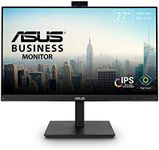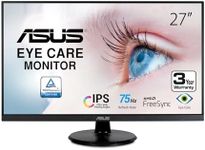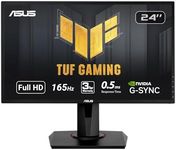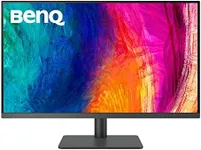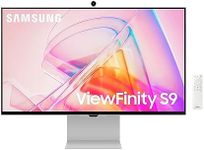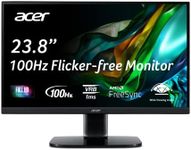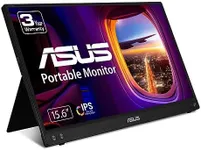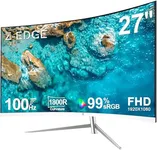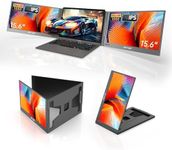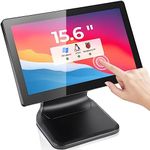Buying Guide for the Best Camera Monitors
Choosing the right camera monitor can significantly enhance your photography or videography experience. A camera monitor allows you to see a larger, clearer image of what you're shooting, which can help with framing, focusing, and reviewing your shots. When selecting a camera monitor, it's important to consider several key specifications to ensure it meets your needs and enhances your workflow.Screen SizeScreen size refers to the diagonal measurement of the monitor's display area. This spec is important because a larger screen can make it easier to see fine details and compose your shots accurately. Screen sizes typically range from 5 inches to 7 inches or more. Smaller screens (around 5 inches) are more portable and easier to mount on your camera, making them ideal for on-the-go shooting. Larger screens (7 inches and above) provide a more detailed view, which is beneficial for studio work or when you need to see more of your scene. Choose a screen size that balances portability and visibility based on your shooting style.
ResolutionResolution indicates the number of pixels on the screen, usually expressed as width x height (e.g., 1920x1080). Higher resolution means more detail and sharper images, which is crucial for critical focusing and reviewing footage. Common resolutions include 720p (HD), 1080p (Full HD), and 4K. For most users, a Full HD (1080p) monitor provides a good balance of clarity and affordability. However, if you work with 4K footage or need the highest level of detail, a 4K monitor might be worth considering. Match the resolution to the quality of your camera's output and your need for detail.
BrightnessBrightness is measured in nits and determines how well you can see the monitor's display in various lighting conditions. This spec is important because a brighter screen is easier to see in direct sunlight or bright environments. Monitors typically range from 300 nits to over 1000 nits. For indoor or controlled lighting environments, 300-500 nits may be sufficient. For outdoor shooting or bright conditions, look for a monitor with 1000 nits or more to ensure visibility. Consider where you'll be using the monitor most often to determine the appropriate brightness level.
Color AccuracyColor accuracy refers to how true the colors displayed on the monitor are compared to real life. This is crucial for ensuring that the colors you see on the monitor match what will be seen in the final output. Look for monitors that support wide color gamuts (like Rec. 709 or DCI-P3) and have features like color calibration. If color grading and post-production are important parts of your workflow, prioritize monitors with high color accuracy. For general use, a monitor with decent color accuracy will suffice, but professionals should invest in the best color reproduction they can afford.
Input/Output OptionsInput/output options refer to the types of connections available on the monitor, such as HDMI, SDI, and USB. These are important because they determine how you can connect the monitor to your camera and other devices. HDMI is common and works with most consumer cameras, while SDI is more robust and used in professional setups. Some monitors also offer pass-through options, allowing you to connect additional devices. Ensure the monitor has the necessary ports to connect to your camera and any other equipment you plan to use. Consider your current setup and future needs when evaluating input/output options.
Battery LifeBattery life indicates how long the monitor can operate on a single charge. This is important for ensuring you can shoot for extended periods without needing to recharge or replace batteries. Battery life can vary widely depending on the monitor's size, brightness, and power consumption. Smaller monitors with lower brightness typically have longer battery life, while larger, brighter monitors may require more frequent charging. If you often shoot on location or for long durations, prioritize monitors with longer battery life or the ability to use external power sources. Match the battery life to your shooting habits and needs.
